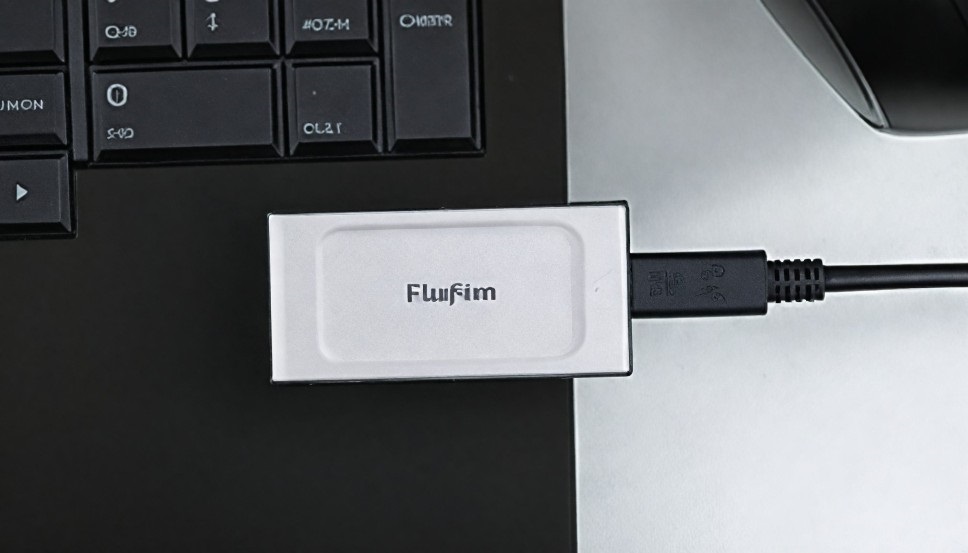In today’s fast-paced tech world, USB standards are a cornerstone for device connectivity and data transfer. With USB 3.2, users can now enjoy significantly faster speeds, but the naming conventions—Gen 1, Gen 2, and Gen 2×2—can be confusing. This guide clarifies these differences to help you make informed choices.
What is USB 3.2?
USB 3.2 is the latest evolution of the Universal Serial Bus standard, delivering enhanced data transfer speeds and maintaining backward compatibility with older USB devices. It comes in three generations:
- USB 3.2 Gen 1: The entry-level option, supporting up to 5 Gbps.
- USB 3.2 Gen 2: A mid-tier version, offering 10 Gbps.
- USB 3.2 Gen 2×2: The fastest option, with speeds reaching 20 Gbps.
Key Features of Each Generation
| Generation | Max Speed | Data Lanes | Connector Types |
|---|---|---|---|
| USB 3.2 Gen 1 | 5 Gbps | 1 | USB Type-A, USB Type-C |
| USB 3.2 Gen 2 | 10 Gbps | 2 | USB Type-A, USB Type-C |
| USB 3.2 Gen 2×2 | 20 Gbps | 4 | USB Type-C (only) |
Detailed Breakdown
1. USB 3.2 Gen 1
- Formerly known as USB 3.0, this is the base level for USB 3.2.
- Offers 5 Gbps, which is 10 times faster than USB 2.0.
- Uses a single data lane, ideal for everyday tasks like file transfers and charging devices.
2. USB 3.2 Gen 2
- Doubles the speed to 10 Gbps by using two data lanes.
- Perfect for demanding tasks like transferring large files or video editing.
- Compatible with both USB Type-A and Type-C connectors.
3. USB 3.2 Gen 2×2
- Delivers a whopping 20 Gbps by utilizing four data lanes.
- Exclusively uses USB Type-C connectors due to their higher pin count.
- Best for high-performance devices such as external SSDs, video equipment, and other bandwidth-intensive applications.
FAQs
1. How does USB 3.2 enhance power delivery?
While USB 3.2 primarily focuses on faster speeds, pairing it with USB Power Delivery (USB PD) can provide up to 100W of power, especially with USB-C connectors.
2. Are USB 3.2 Gen 2×2 cables backward compatible?
Yes, but the speed defaults to the slower generation supported by the connected device. For example, a Gen 2×2 cable used with a Gen 1 device will operate at 5 Gbps.
3. What do I need to achieve USB 3.2 Gen 2×2 speeds?
- A compatible host device (e.g., laptop or desktop).
- A peripheral device (e.g., external SSD) supporting Gen 2×2.
- A certified USB-C Gen 2×2 cable.
4. Which tasks benefit the most from USB 3.2 Gen 2×2?
Tasks requiring high data throughput, like:
- Editing 4K/8K videos.
- Transferring massive datasets.
- Running high-performance external storage.
5. What’s the practical difference between Gen 1 and Gen 2 for everyday users?
For simple activities like browsing or document handling, the difference is negligible. However, Gen 2 shines in tasks like large file transfers, video streaming, and professional media work.
Conclusion
USB 3.2 represents a significant leap in connectivity and performance. By understanding the differences between Gen 1, Gen 2, and Gen 2×2, you can choose the right devices and accessories for your needs. Whether you’re looking for everyday convenience or cutting-edge performance, USB 3.2 has a solution.
Optimize your setup, and make the most of this versatile technology!






